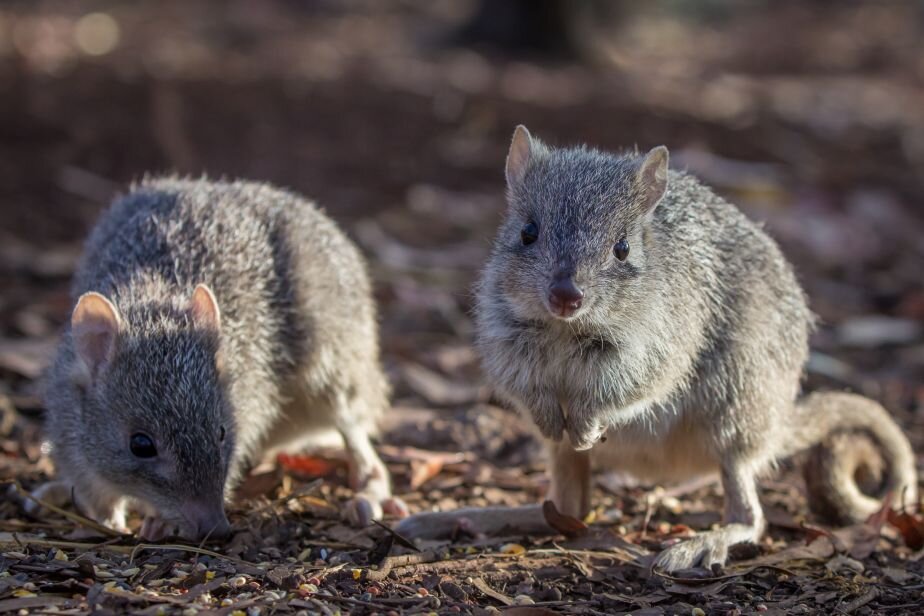Scientists surveying the endangered northern bettong have discovered one particular sub-population of the species is in significant trouble and needs urgent help.
James Cook University Ph.D. candidate Stephanie Todd led a study examining the genetic diversity of existing populations of northern bettong.
This was ahead of the recent establishment of a new population on the Australian Wildlife Conservancy’s (AWC) Mount Zero-Taravale sanctuary near Paluma in Queensland. She said Australia has a poor track record of mammal conservation—losing 10% of species in the past 250 years—the highest rate of mammal extinctions in the world.
“Declines are continuing across Australia and are affecting most small to medium-sized mammal species, including four members of the bettong genus.”
“Populations of three bettong species have fortunately been safe-guarded in predator-free havens across southern Australia, although one endangered species, the northern bettong, has not been relocated into a predator-free sanctuary until now,” said Ms Todd.
She said relocation can restore populations and prevent extinction of threatened species, but sourcing adequate genetic diversity is essential.
“Between 2014 and 2021 we collected 240 ear tissue samples from four northern bettong sub-populations and genotyped them, quantifying their genetic diversity and structure. We wanted to maximize the chance of reintroduction success by maximizing genetic diversity, while minimizing the impact on source populations,” said Todd.
She said the best strategy was found to be a ‘mixed source’ approach, with individuals sourced from three populations in the Lamb Range area, rather than sourcing all from a single population.
But Todd said the study turned up a worrying finding.
“Ongoing monitoring of one sub-population at Mount Spurgeon near Port Douglas indicates that it’s particularly small and declining, and we demonstrated that it has a small effective population size and low genetic diversity.”
“Moving some of its members to Mount Zero-Taravale may have reduced the fitness of the founding population by introducing a harmful genetic load. It’s very small population size also meant removing any individuals would have been overly risky.”
The scientists’ advice was followed by Traditional Owners, AWC scientists and the broader Northern Bettong Recovery Team, with the recent relocation of 49 northern bettongs from across the Lamb Range.
“We believe saving the Mt Spurgeon sub-population is also of utmost conservation importance, and further management interventions should be undertaken to prevent its extinction, including supplementing the population,” said Todd.
Citation:
Northern bettong genes reveal low genetic diversity, complicating protection measures (2023, June 9)
retrieved 9 June 2023
from https://phys.org/news/2023-06-northern-bettong-genes-reveal-genetic.html
This document is subject to copyright. Apart from any fair dealing for the purpose of private study or research, no
part may be reproduced without the written permission. The content is provided for information purposes only.
For all the latest Science News Click Here
For the latest news and updates, follow us on Google News.

